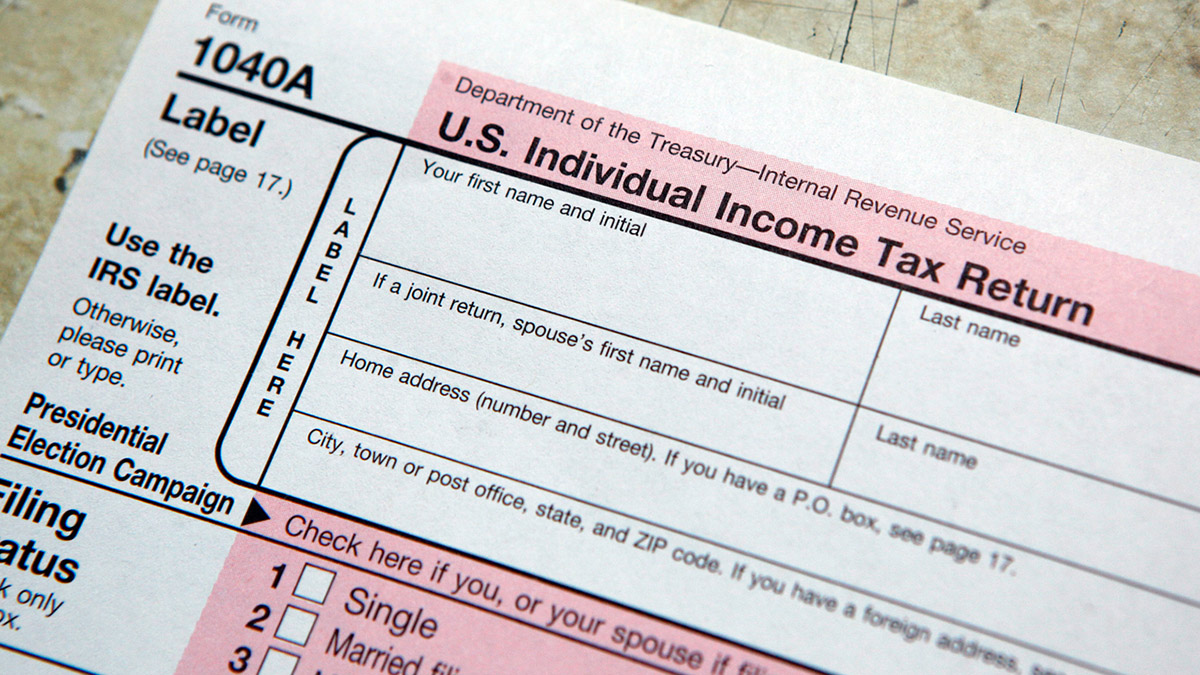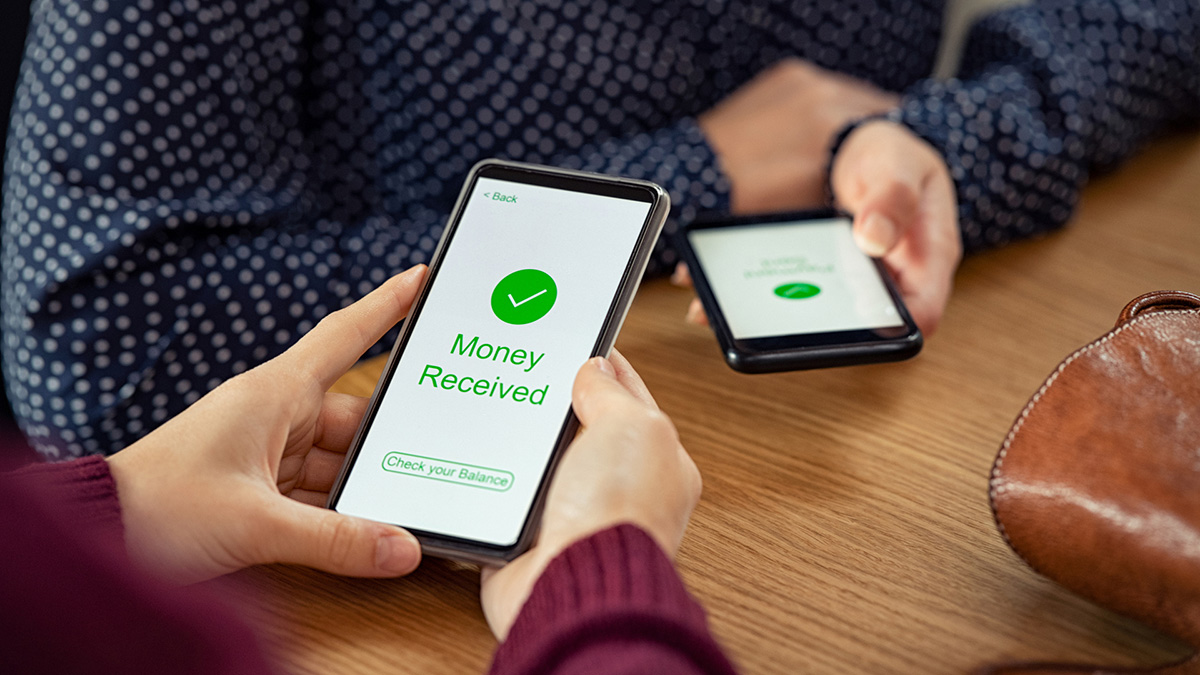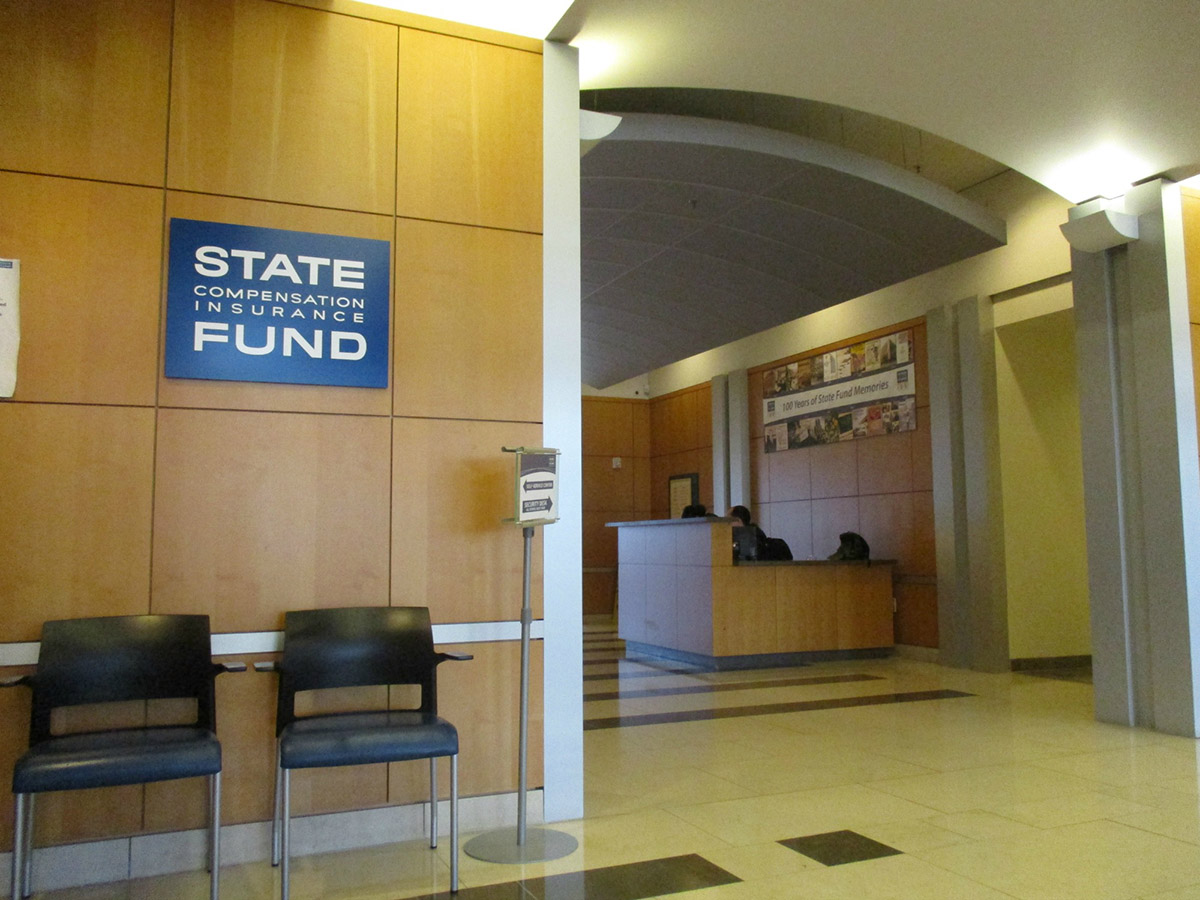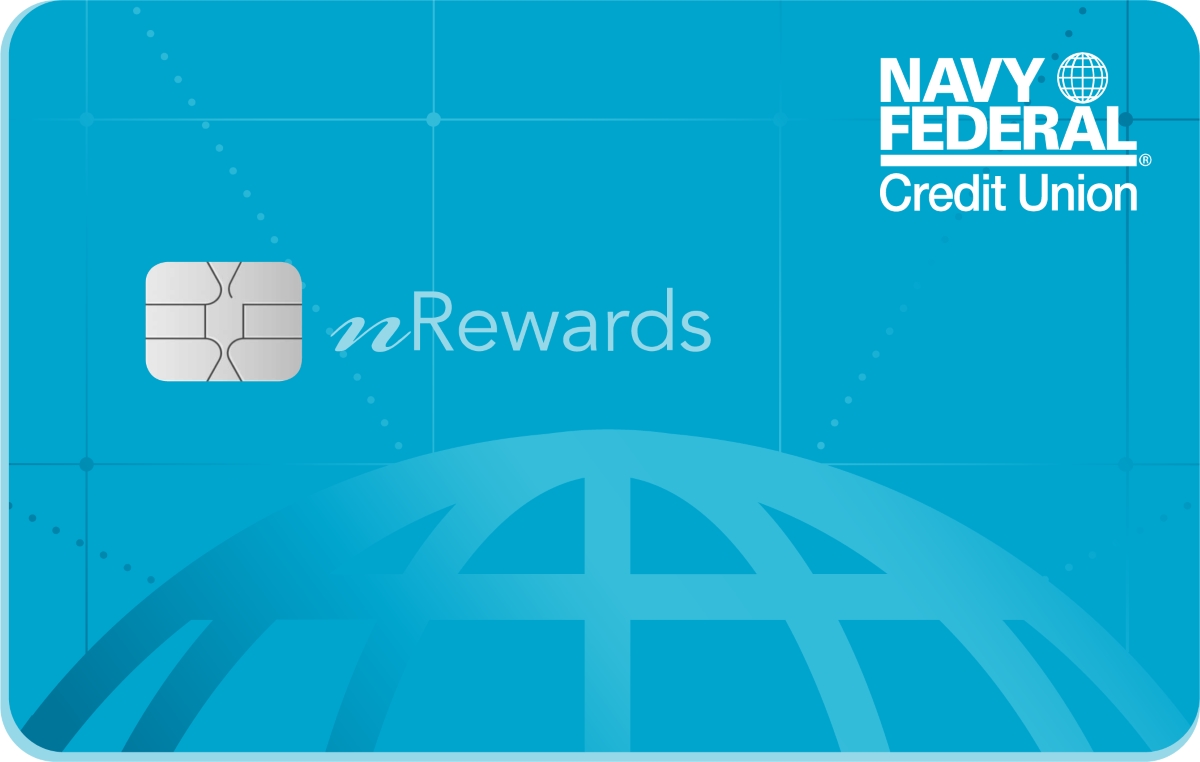

Finance
Which Credit Card Should I Pay Off First
Modified: March 10, 2024
Unsure of which credit card to prioritize when paying off your debts? Get expert advice on managing your finances and choosing the right card to pay off first.
(Many of the links in this article redirect to a specific reviewed product. Your purchase of these products through affiliate links helps to generate commission for LiveWell, at no extra cost. Learn more)
Table of Contents
Introduction
When it comes to managing multiple credit cards, one of the common dilemmas borrowers face is deciding which credit card to pay off first. With various interest rates, balances, and due dates to consider, it can be overwhelming to determine the most effective strategy for debt repayment.
However, prioritizing and paying off credit cards strategically can help you save money on interest and improve your overall financial situation. In this article, we will explore different methods to consider when deciding which credit card to pay off first.
Before diving into the methods, it’s important to review your current financial situation. Take a moment to assess your overall debt, interest rates, credit limits, and credit utilization ratio. Understanding these factors will give you a clearer picture of where you stand and enable you to make more informed decisions about your debt repayment strategy.
Now let’s explore some of the most popular methods you can use to determine which credit card to pay off first. Keep in mind that what works best for one person may not be the ideal approach for another, so evaluate each method in light of your individual circumstances and financial goals.
Factors to Consider
Before deciding which credit card to pay off first, there are several key factors to consider. These factors will help determine the most effective strategy for debt repayment. Let’s take a look at some of the important considerations:
- Interest Rates: Start by analyzing the interest rates on each of your credit cards. The card with the highest interest rate will typically cost you the most money in the long run. Prioritizing the card with the highest interest rate can help you save on interest payments.
- Balances: Take a look at the outstanding balances on each of your credit cards. If you have a card with a significantly higher balance than the rest, you may want to prioritize paying it off first to reduce your overall debt load.
- Minimum Payments: Consider the minimum monthly payments required for each credit card. While it’s important to make at least the minimum payment on all cards, you may want to focus more aggressively on paying off cards with higher minimum payments to free up more cash flow each month.
- Due Dates: Take note of the due dates for each credit card. Late payments can result in costly fees and penalties, so it’s essential to stay current on all payments. Prioritizing the card with the earliest due date can help avoid any potential late payment issues.
- Credit Utilization Ratio: Your credit utilization ratio is the percentage of available credit that you are currently using. A high utilization ratio can negatively impact your credit score. If you have a card that is close to its credit limit, it may be wise to prioritize paying down that balance first to improve your credit utilization ratio.
- Special Offers and Promotions: Consider any special offers or promotions that may be available on your credit cards. Some cards may offer 0% introductory APR for balance transfers or lower interest rates for a limited time. Taking advantage of these promotions can help you pay off debt more efficiently.
Keep in mind that each person’s financial situation is unique, so it’s important to assess these factors based on your individual circumstances. By considering these factors, you will be better equipped to determine the most suitable strategy for paying off your credit cards.
Method 1: Highest Interest Rate First
One popular method for determining which credit card to pay off first is to prioritize the card with the highest interest rate. This method is also known as the “debt avalanche” approach. Here’s how it works:
1. Make a list of all your credit card debts, along with their corresponding interest rates.
2. Arrange the list in descending order, starting with the card that has the highest interest rate at the top.
3. Allocate the maximum amount of money you can towards paying off the debt with the highest interest rate while making the minimum payments on your other cards.
4. Once the first card is paid off entirely, move on to the next card with the highest interest rate on your list.
5. Repeat this process until all your credit card debts are paid off.
The advantage of this method is that it saves you the most money on interest payments in the long run. By tackling the card with the highest interest rate first, you minimize the overall interest you’ll have to pay. This approach is especially effective if you have a credit card with a significantly higher interest rate than the others.
However, it’s important to note that this method may not provide an immediate sense of accomplishment since it focuses primarily on long-term savings rather than quickly paying off individual cards. If you prefer to see smaller victories along the way, you may want to consider an alternative method.
It’s also worth mentioning that while the highest interest rate should be your priority, it’s still crucial to make at least the minimum payments on all your other credit cards to avoid additional fees and penalties.
Overall, the “highest interest rate first” method is a strategic approach to paying off credit card debt efficiently. It allows you to save on interest payments over time and can be an effective way to regain control of your finances.
Method 2: Lowest Balance First
Another popular method for deciding which credit card to pay off first is to prioritize the card with the lowest balance. This approach, known as the “debt snowball” method, focuses on gaining momentum and motivation by paying off smaller debts first. Here’s how it works:
1. Make a list of all your credit card debts, along with their corresponding balances.
2. Arrange the list in ascending order, starting with the card that has the lowest balance at the top.
3. Allocate the maximum amount of money you can towards paying off the debt with the lowest balance while making the minimum payments on your other cards.
4. Once the first card is paid off entirely, move on to the next card with the lowest balance on your list.
5. Repeat this process until all your credit card debts are paid off.
The advantage of this method is that it provides a sense of accomplishment and motivation as you quickly eliminate smaller debts. Paying off a credit card entirely can provide a psychological boost and encourage you to continue your debt repayment journey.
While the “lowest balance first” method may not save you as much money on interest payments in the long run compared to the “highest interest rate first” method, it can be an effective approach if you find it difficult to stay motivated or if you have multiple small debts that you can eliminate relatively quickly.
Just like with the previous method, it’s crucial to continue making at least the minimum payments on your other credit cards to avoid penalties and additional fees.
Remember, the key is to find a method that aligns with your financial goals and motivates you to take action. Both the “highest interest rate first” and “lowest balance first” methods have their advantages and can be effective strategies for paying off credit card debt.
Method 3: Snowball Method
The snowball method, popularized by personal finance expert Dave Ramsey, is another strategy for deciding which credit card to pay off first. This method focuses on creating momentum by tackling debts in order of the smallest to largest balance. Here’s how it works:
1. Make a list of all your credit card debts, along with their corresponding balances.
2. Arrange the list in ascending order, starting with the card that has the smallest balance at the top.
3. Allocate the maximum amount of money you can towards paying off the debt with the smallest balance while making the minimum payments on your other cards.
4. Once the first card is paid off entirely, move on to the next card with the next smallest balance on your list.
5. Repeat this process until all your credit card debts are paid off.
The snowball method offers a psychological advantage by providing a sense of accomplishment as you quickly eliminate smaller debts. Like a snowball rolling downhill, your momentum builds as you move from one payment to the next. This can be a powerful motivator to keep you on track with debt repayment.
While the snowball method may not be the most cost-effective in terms of interest savings, it offers a behavioral advantage. By starting with smaller debts, you build confidence and develop positive financial habits that can carry through to tackle larger debts later on.
It’s important to note that the snowball method requires discipline and commitment to continue making at least the minimum payments on your other credit cards. This ensures you avoid penalties and fees while focusing on eliminating one debt at a time.
If you find yourself needing an extra boost of motivation or prefer a method that provides a sense of accomplishment along the way, the snowball method may be the right strategy for you.
Method 4: High Utilization Rate First
An alternative approach to deciding which credit card to pay off first is to prioritize the card with the highest credit utilization rate. Credit utilization refers to the percentage of your available credit that you are currently using. This method can be particularly useful if you have a credit card that is close to its credit limit. Here’s how it works:
1. Determine the credit utilization rate for each of your credit cards by dividing the balance by the credit limit and multiplying by 100 to get a percentage.
2. Identify the card(s) with the highest credit utilization rate.
3. Allocate the maximum amount of money you can towards paying down the balance on the card(s) with the highest utilization rate while making minimum payments on your other cards.
4. Once the first card is paid off or its utilization rate is significantly reduced, move on to the next card with the highest utilization rate.
5. Repeat this process until the credit utilization rates on all your credit cards are within a healthy range.
The advantage of this method is that it can help improve your credit score by reducing your overall credit utilization. Creditors consider a lower credit utilization rate as an indicator of responsible credit management.
However, it’s important to consider other factors such as interest rates and outstanding balances when determining your strategy. If you have a credit card with a high utilization rate and a high-interest rate, you may want to prioritize paying it off first to address both issues simultaneously.
Keep in mind that this method still requires you to make at least the minimum payments on your other credit cards to avoid penalties and fees. Additionally, reducing credit utilization may take time, especially if you have a large outstanding balance. Patience and consistent effort are key.
If improving your credit score through lower credit utilization is a priority for you, focusing on paying off the card with the highest utilization rate can be a strategic approach to debt repayment.
Method 5: Special Offers and Promotions
When considering which credit card to pay off first, it’s important to take advantage of any special offers and promotions that may be available. Some credit card issuers offer attractive incentives to help you pay off your debts more efficiently. Here’s how you can make the most of these offers:
1. Review the terms and conditions of your credit cards to see if there are any promotional offers available, such as balance transfer promotions or lower interest rates for a limited period.
2. Compare the benefits and costs associated with each offer. Look for introductory 0% APR periods or low-interest rates on balance transfers. Consider any transfer fees that may apply.
3. Determine if transferring balances to a new card or utilizing the promotional offer on your existing card will save you money on interest payments and help you pay off your debts faster.
4. If the promotional offer is beneficial, create a plan to take advantage of it by initiating a balance transfer or adjusting payment allocations accordingly.
5. Make sure to understand the terms and deadlines associated with the promotional offer, such as the duration of the offer and any balance transfer fees.
By utilizing special offers and promotions, you can potentially save a significant amount of money on interest payments and accelerate your debt repayment progress.
It’s important to be cautious when considering balance transfers, as they may come with certain fees or impact your credit score. Additionally, make sure to read and understand all the terms and conditions associated with the offer to avoid any surprises or penalties.
If you have multiple credit cards with high-interest rates, taking advantage of a balance transfer promotion can consolidate your debts into one payment and potentially provide a more manageable repayment plan.
Always weigh the pros and cons of utilizing special offers and promotions to ensure they align with your personal financial goals and help you make significant progress in paying off your credit card debts.
Conclusion
Deciding which credit card to pay off first can feel overwhelming, but it’s an important step towards improving your financial well-being. By considering factors such as interest rates, balances, minimum payments, due dates, credit utilization, and special offers, you can develop a strategic plan to tackle your credit card debt.
Methods like focusing on the highest interest rate first, paying off the lowest balance, utilizing the snowball method, prioritizing high utilization rates, or taking advantage of special offers and promotions can all be effective strategies, depending on your unique circumstances and goals.
Remember, there is no one-size-fits-all approach. It’s essential to assess your financial situation, prioritize your debts, and choose a method that aligns with your preferences and motivates you to stay on track.
Regardless of the method you choose, it’s crucial to make at least the minimum payments on all your credit cards to avoid penalties and fees. Consistency and discipline are key components of successfully paying off your debts.
Lastly, consider seeking assistance from financial professionals if you’re feeling overwhelmed or need personalized guidance. They can provide you with expert advice tailored to your specific needs and help you create a roadmap to regain control of your finances.
Set small milestones along the way, celebrate your achievements, and stay committed to your debt repayment journey. With determination and a well-thought-out strategy, you can pay off your credit card debts, alleviate financial stress, and pave the way towards a healthier financial future.














